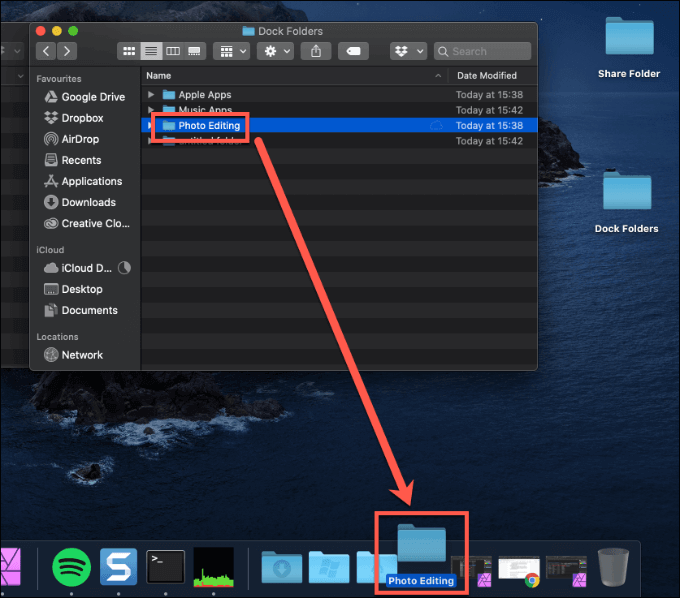
- #Mac os program files directory how to#
- #Mac os program files directory install#
- #Mac os program files directory full#
- #Mac os program files directory pro#
- #Mac os program files directory password#
#Mac os program files directory install#
By the way, if you keep really important data in your Home folder, you can install additional protection for it.
#Mac os program files directory how to#
We hope our article helped you to understand a bit more deeply the structure of the Home folder and how to work with subfolders in it. The Home folder is the most valuable part of Mac disk space since it stores all the documents, applications and other files the Mac user has.
#Mac os program files directory pro#
The application has also the Pro version which provides advanced features.Īll you need to compare folders for duplicates is to launch the app and click to scan your Home folder. Duplicate File Finder is absolutely free to download from the Mac App Store. Fortunately, you can easily compare folders on Mac to find and remove duplicates in them with a free application Duplicate File Finder. As a result, dozens of duplicates may be stored in your Home folder and take up too much disk space. It often happens that Mac users download, create and copy many identical files. Now let’s take a close look at the subfolders that are created and stored in your Home folder, and learn useful tips to work with them. After the reboot, your Home folder will be renamed.
#Mac os program files directory password#
MacOS will ask you to enter a password from the Admin account. Make sure you entered the old and new folder names correctly, and press Enter. Launch Terminal and type the following command in its window: Now you need to rename the Home folder actual name.
:max_bytes(150000):strip_icc()/Versions-5a8b37556edd650036bd6d9f.jpg)
The previous steps change the user account ID of the account.

After making this change, you will not be able to go a step backward. MacOS will require your confirmation and password.

Make sure you entered the new name correctly, and click the OK button.
#Mac os program files directory full#

It contains all files that the user has placed on his desktop. Here in Home folder, you will also find the following folders: Thus, when a user turns the Mac on, he finds his own Home folder and can access only his own files, unless another user shares a folder with him. Actually, macOS was designed to support the ability to share a computer, so that different family members, students, or employees can work on the same Mac using their personal user accounts. Read on to learn how to do it.īy default, the Home folder is a folder where all your files are stored: documents, music, movies, pictures, downloads, cloud storages and so on. However, if you need to, you can change the Home folder’s name on Mac. This folder has the same name as your Mac user account. The Mac Home folder is displayed by the home icon in the Finder.


 0 kommentar(er)
0 kommentar(er)
